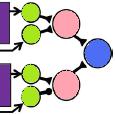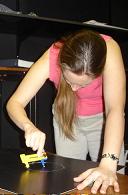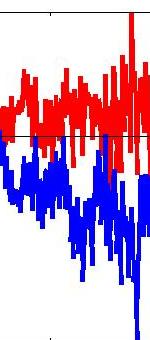It is the British Science Festival (known from here as BSF) next week in Newcastle so the institute is very bustly over the last few days. Lisa on our team has done a tremendous job of organising not 1, not 2, but three timetables and stands for the BSF for our lab and affiliates to run. I’m heading up the poster and worksheet team, and hence working on it every day next week when it is on (mon – thurs). So if anybody does want to come and see the brilliance that is pure science and learn something new, come on down! I’ll be the guy with a big smile getting far too into the role.
In amongst that this week I have started the task of juggling my PhD. I say and really mean juggle, as even though I am only one month into a 36 month process I currently have two papers on the go, a mathematical modelling code to simplify, a student (Pramod) to keep an eye on for a long term piece, an online survey to collect data, a journal club to attend and various other equally important but not massively time consuming things to consider. Anybody who wants to get into science needs to have the focus and attention to concentrate on one problem for weeks on end, but also the ability to chop and change quickly between jobs and problems. How my supervisor Jenny copes is beyond me, as she (being the PI) is juggling the jugglers! that’s like juggling squared!
The modelling is taking up a lot of my time. The oblique angle study that I did for my MRES needs some statistical analysis before we can submit it to Journal of Vision, and that involves a lot of complex mathematical conversations with Jenny, something I properly enjoy! It does also require some serious matlab and more than a little bit of concentration. We have two normal (or Gaussian curves) centred around perpendicular viewing, and also on the angle for which the person is actually sat at, and we weigh the two curves accordingly, then optimise to fit the data. This is both very finicky (exact character matching and just missing a colon or a bracket brings everything falling apart) and time consuming. However it has been fun and the end is in sight. We have two options to pursue: an addition of the weighted curves or a multiplication. Looking at the fitted models in the graphs to me it appears that the addition route will give us a better fit. We then test this using bootstrap resampling (take all the data we collected, put it all together and mix it up, pick some data and random and go again) to determine how well the fit really is quantitatively.
Next week is all BSF, and hopefully a little bit of advancement on a paper on illusions I have written for the Leicester conference.



















